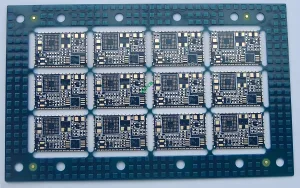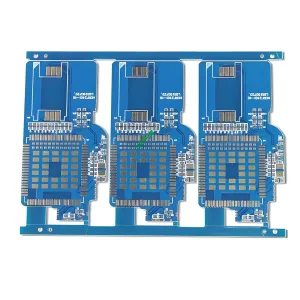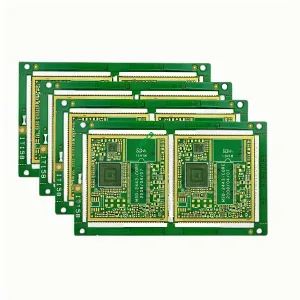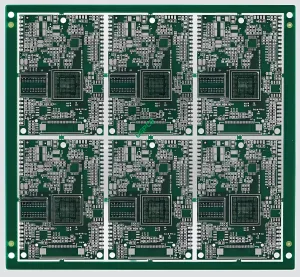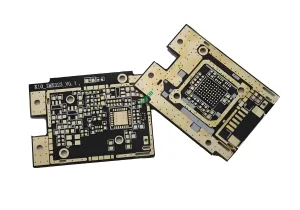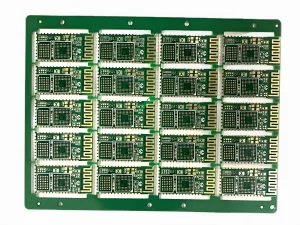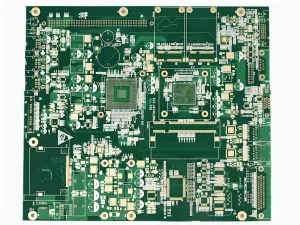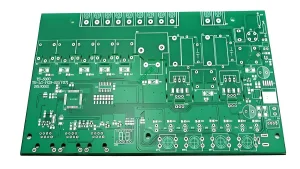TU-768 / TU-768Pラミネート / プリプレグは、エポキシ樹脂システムでコーティングされた高品質の織られた電子ガラスで作られています, ラミネートにUVブロック特性を提供します, 自動光学検査との互換性 (あおい) プロセス. これらの製品は、重度の熱サイクルに耐える必要があるボードに適しています, または過度の組み立て作業を経験する. TU-768ラミネートは優れたCTEを示します, 優れた化学耐性と熱安定性とCAF抵抗特性.
Communication equipment PCB requirements for materials
A very clear direction for communication equipment PCB is high-frequency and high-speed materials and board manufacturing. UGPCB believes that in terms of high-frequency materials, it is obvious that leading material manufacturers in traditional high-speed fields such as Lianmao, 盛義, パナソニック, and Taiyao have begun to deploy high-frequency plates and introduced a series of new materials. This will break the current dominance of Rogers in the field of high-frequency panels. After healthy competition, the performance, convenience and availability of materials will be greatly enhanced.
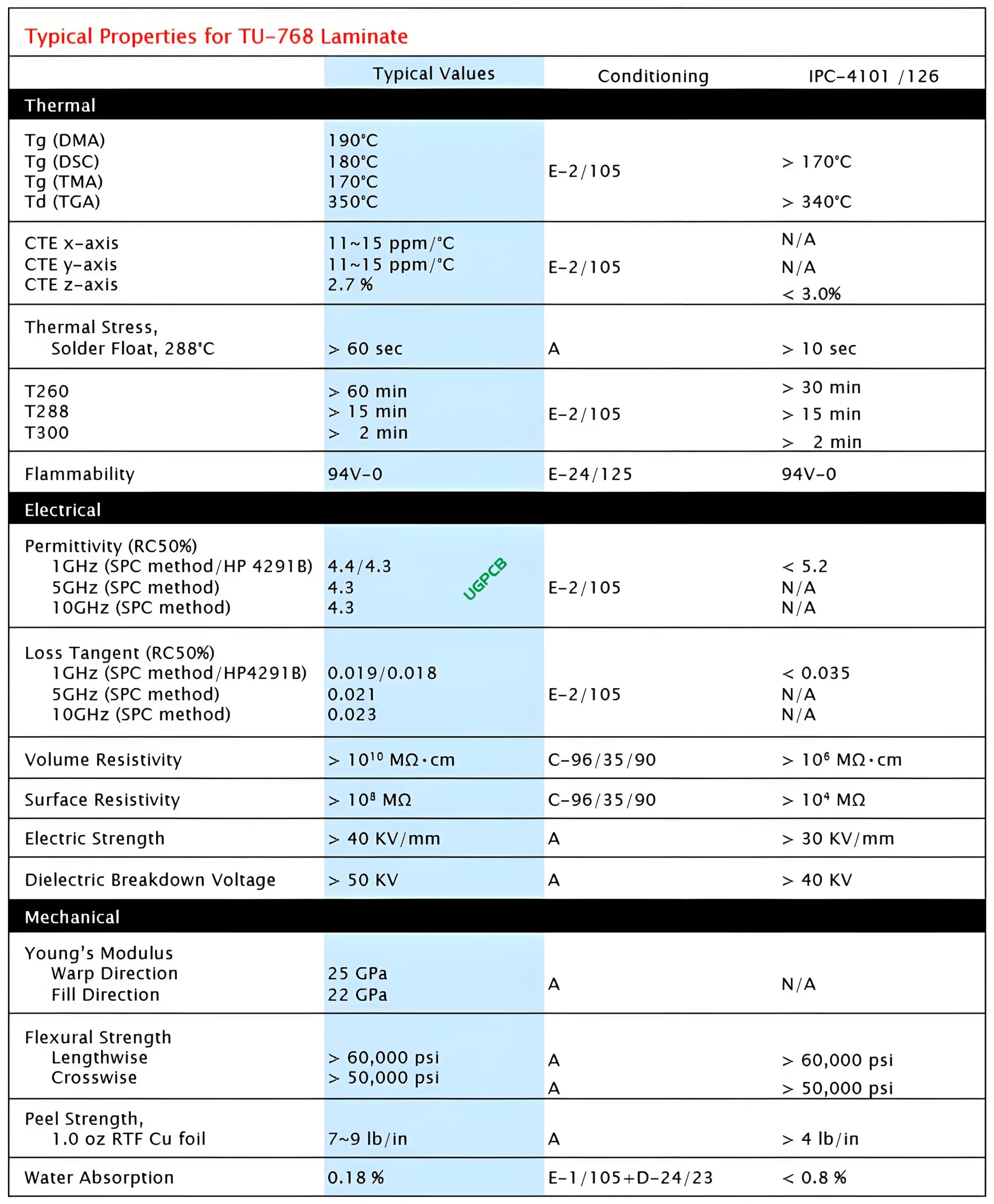
In terms of high-speed materials, UGPCB believes that 400G products need to use M7N, MW4000 equivalent grade materials. In the backplane design, M7N is already the lowest loss option. 将来, backplanes/optical modules with larger capacity will require lower loss materials. The combination of resin, 銅箔, and glass cloth will achieve the best balance between electrical performance and cost. 加えて, the number of high-levels and high density will also bring reliability challenges.
Communication equipment PCB requirements for design
The selection of PCB board for communication equipment must meet the requirements of high frequency and high speed. The impedance matching, stacking planning, wiring spacing/holes, 等. must meet the signal integrity requirements, which can be specified from loss, embedding, high-frequency phase/amplitude, Start with six aspects of mixing, 熱放散, and PIM.
Communication equipment PCB requirements for process technology
The improvement of the functions of communication equipment related applications will increase the demand for high-density PCBs, and HDI will also become an important technical field. Multi-level HDI products and even products with any level of interconnection will become popular, and new technologies such as buried resistance and buried capacitance will also have more and more applications.
加えて, PCB copper thickness uniformity, line width accuracy, interlayer alignment, interlayer dielectric thickness, control accuracy of back drilling depth, and plasma de-drilling ability are all worthy of in-depth study.
Communication equipment PCB requirements for equipment and instruments
High-precision equipment and pre-treatment lines with less roughening of the copper surface are currently ideal processing equipment; and the testing equipment includes passive intermodulation testers, flying probe impedance testers, loss test equipment, 等.
UGPCB believes that sophisticated graphics transfer and vacuum etching equipment can monitor and feedback data changes in real-time line width and coupling distance detection equipment; electroplating equipment with good uniformity, high-precision lamination equipment, 等. can also meet the communication equipment PCB Production needs.
Communication equipment PCB requirements for quality monitoring
Due to the increase of the signal rate of communication equipment, the deviation of the board manufacturing has a greater impact on the signal performance, which requires stricter control of the production deviation of PCB manufacturing, and the existing mainstream board manufacturing process and equipment are not updated, which will become the future technology The bottleneck of development. How to break the situation for PCB manufacturers is of vital importance.
 UGPCBのロゴ
UGPCBのロゴ


